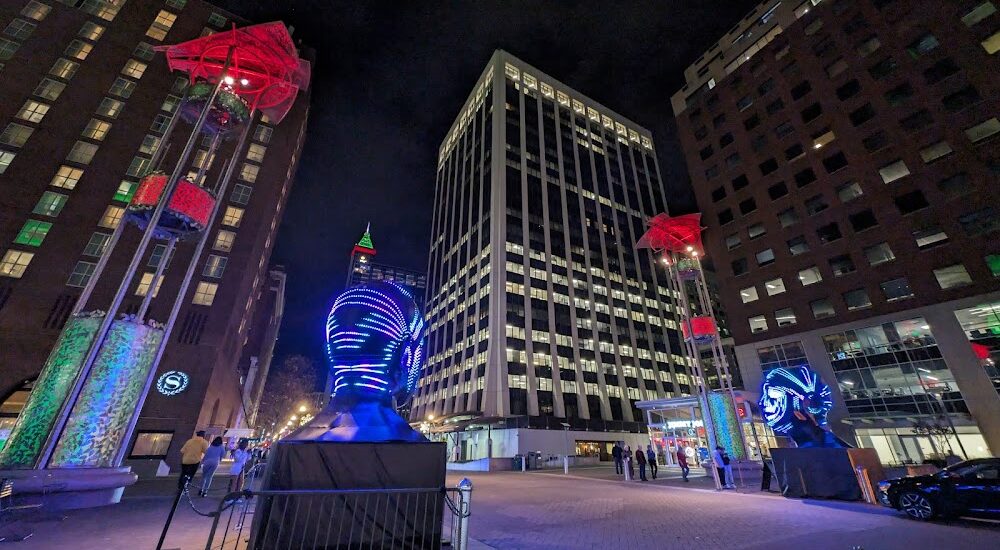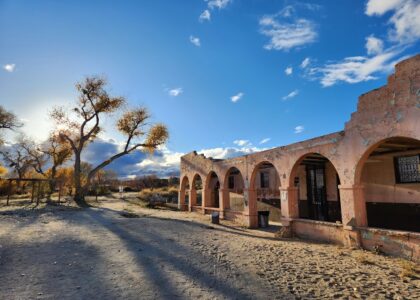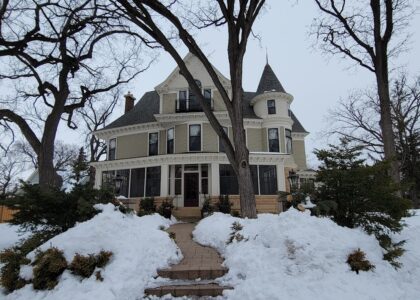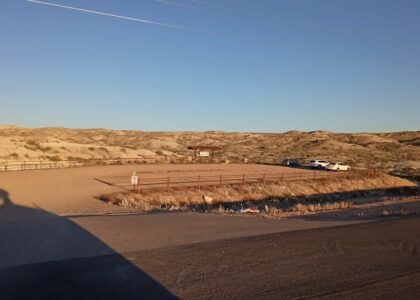Welcome to the Fayetteville Street Historic District, a cornerstone of Raleigh’s vibrant history. This district, extending south from Capitol Square, holds a significant place in the city’s past, tracing back to the original 1792 city plan laid out by William Christmas. Known as Raleigh’s ‘Main Street,’ Fayetteville Street has been central to the city’s evolution, serving as a parade ground in the 19th century and witnessing pivotal moments like the march of Union troops in 1865.
In its architectural landscape, Fayetteville Street is a blend of styles and eras. Among its notable structures is the Neoclassical Raleigh Post Office and Courtroom, a testament to 19th-century design, built between 1874 and 1879. The mid-20th century brought a modernist flair with the construction of the bank buildings, including the Wachovia Bank and Trust, North Carolina National Bank, and Branch Banking and Trust, all completed in 1965.
Transportation has also played a key role in the district’s history. A streetcar line once served the area from 1891 until 1933, paving the way for the automobile era. In 1977, Fayetteville Street was transformed into a pedestrian mall in an effort to rejuvenate downtown Raleigh, but this led to an economic downturn, prompting its reopening to traffic in 2006. This revitalization included broadening sidewalks, planting street trees, and installing curbside benches, lighting, and planters.
The district’s historical significance was recognized nationally when it was listed in the National Register of Historic Places in 2008. Today, while the Raleigh Convention Center has moved to a neighboring street, Fayetteville Street continues to offer a grand vista toward the Capitol, just as it was intended in the city’s original design.
As you stroll through or drive by, imagine the bustling parades of the past, the architectural transformations over decades, and the dynamic life that continues to flow through Raleigh’s historic core.





